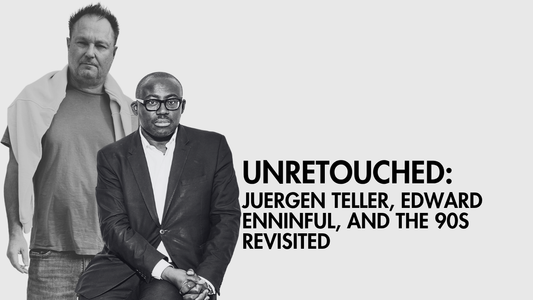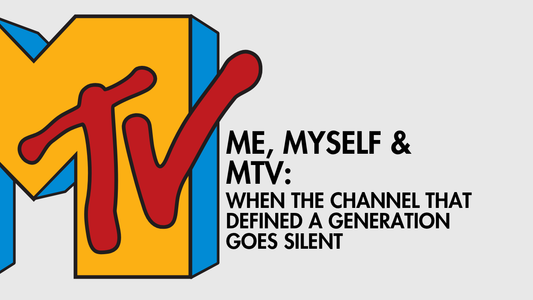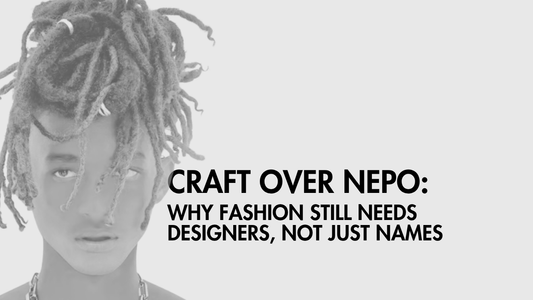
What Made Fashion Illustration Relevant Again?
Share

René Bouët-Willaumez. US Vogue Front Cover. March 1 1937.
BY ALICE NEWBOLD 15 SEPTEMBER 2018 From the digitalisation of fashion, to the authenticity of the genre, London's leading illustration gallery curator, Connie Gray, gives Vogue the lowdown.
Illustration is becoming more relevant, recognised and accepted as a way of interpreting fashion,”
Connie Gray, fashion curator at Gray M.C.A, tells Vogue. “People have a greater understanding and appreciation of it as an art genre that runs alongside photography.”
Why? For a long time, it was considered too commercial to be classed as fine art. “But that doesn’t make it lesser,” Gray argues. “Most successful illustrators are highly trained in portraiture, technical drawing and fashion design – it’s an entirety of all the different factors.”
Gray’s mission to shine a spotlight on the illustrators she has long admired led her to founding her namesake gallery with her husband Ashley Gray. “I’ve had a passion for fashion illustrations since I was a child,” she recalls of dreaming of the ballgowned women her art dealer father lined her bedroom walls with.
To coincide with London Fashion Week, Gray is staging Drawing on Style, an annual exhibition of rare original drawings at Duke Street’s Gallery 8. Previously unseen work from greats such as René Gruau – the man behind the poster design for Federico Fellini’s La Dolce Vita and Antonio Lopez – famed for his hedonistic New York lifestyle and coterie of "Antonio girls", including Grace Jones – will sit alongside new work from contemporaries including Jason Brooks, whose clients include Chanel and Louis Vuitton, Karl Lagerfeld and Christian Dior’s artist-in-residence Bil Donovan.
The digital landscape has helped Gray’s quest. “Catwalk collections are much more accessible via live streams, which allows illustrators to interpret them without having to be at the show,” she notes. “Contemporary illustrators are having a huge impact, because their work is visible on social media.” Illustrations of yore, in comparison, are much harder to source, because, “once they were printed in magazines, their job was effectively done.” Kenneth Paul Block – the former in-house artist for Fairchild Publications, owner of Women's Wear Daily – and Lopez, however, always requested that their art come back to them, and thus, the artists’ estates have built up vast collections of their works. It’s not always easy to prize the pieces away from their keepers, however.
“When they do come to me, they’re in bad condition, and require enormous restoration,” says Gray, because “they were created swiftly on cheap paper as working drawings – not as oil on canvas.” She holds onto them for a year before she lets them go. “I know them intimately,” she laughs. “But I want people to love them, to be able to hang them in their own homes and not be precious about them. They are to be seen and not tucked away in portfolios.”

René Gruau (1909-2004) Jean Dessès Couture 1957, gouache on paper, signed, inscribed verso
Accordingly, each piece in the exhibition will be available to buy with items priced between £550 and £20,000. “I just wish some of the artists were still alive to see their success because they didn’t receive the merit they were due during their lifetime,” Gray sighs. But the groundwork the foremost illustrators quietly laid decades ago has allowed for fashion and illustration to develop a unique relationship as cross-pollinating art forms, or, as Gray describes, “a wonderful circle of one feeding off the other”.
Most importantly, "it’s real,” she emphasises of why it has endured. “The process of producing a fashion photograph is so manipulated, whereas an artist’s drawing is much more organic.
The beauty and elegance of an illustration is that there’s more left out of it than there is in it. This allows the viewer to finish the picture themselves.”
As a form of social documentation on beauty and culture, as well as fashion, it’s “much more interactive with the person that’s looking at it”. In a time when everyone has access to everything via social media, this intimacy is not to be scoffed at.
https://www.vogue.co.uk/article/importance-of-fashion-illustration



